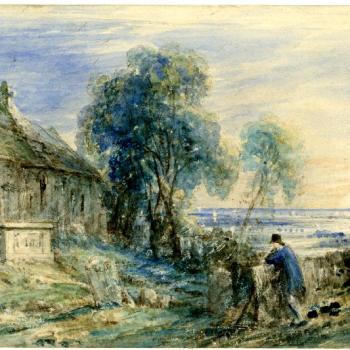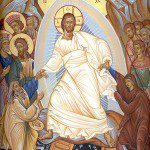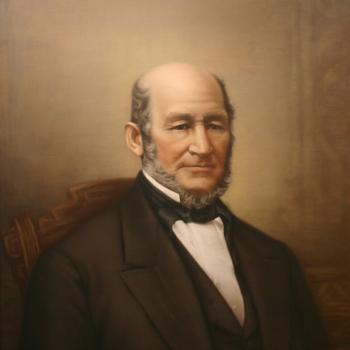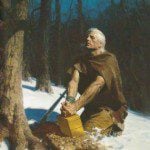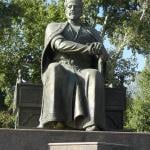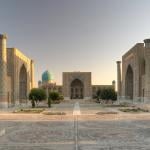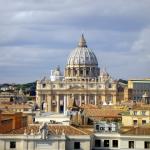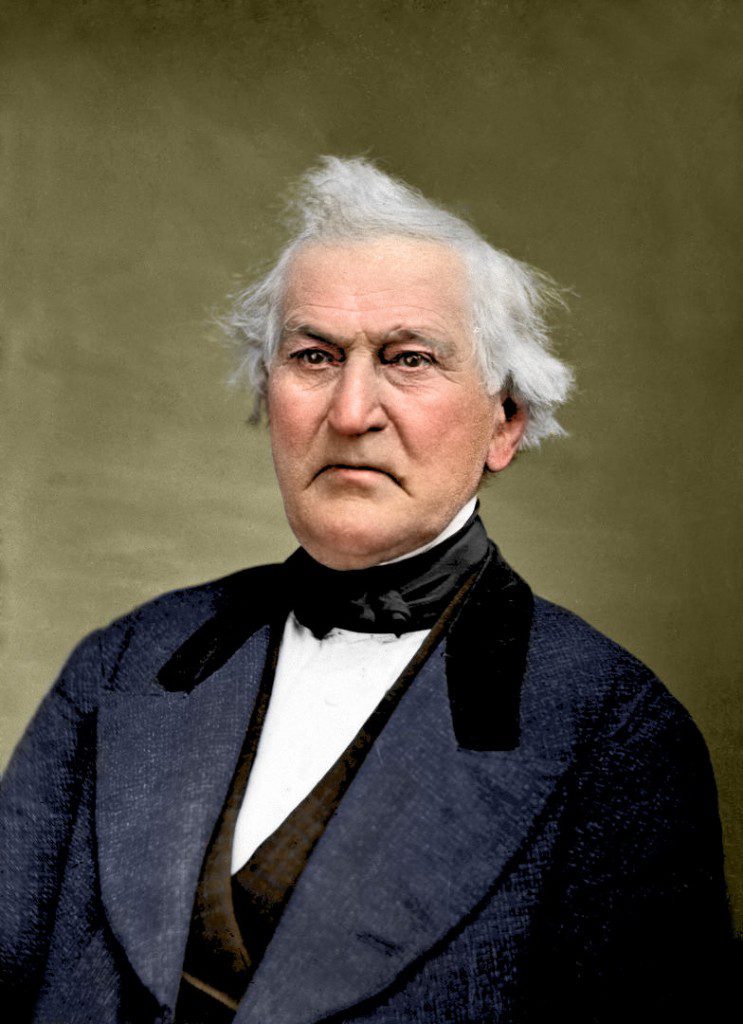
In 1878, David Whitmer was living with his family at 213 East Main Street in Richmond, Missouri, in a two-story, seven-room house that had been built in 1843. David was a respected citizen of the town, having served as its elected mayor in 1867 and 1868. Nearly fifty years before, in 1829, he had become one the Three Witnesses to the Book of Mormon. For the past roughly four decades, though, he had been completely estranged from the Church of Jesus Christ of Latter-day Saints and out of regular contact with its members.
One morning at the very beginning of June 1878, without any warning, a tornado ripped through the town. Afterward, the 3 June 1878 edition of the local Ray [County] Chronicle reported as follows:
Language is too poor to adequately describe the desolation and ruin of Richmond. Within a few moments a third of the town was made desolate. Five hundred persons made homeless with many of them left penniless. Richmond is in grief and mourning. We have buried twelve bodies of our good citizens.
Another paper, the Phelps County New Era for 8 June 1878, contained the following description:
The havoc and desolation which then ensued are beyond our abilities to describe. Not a house is left to mark that once beautiful portion of the town. . . . Nor is there a single foundation that was not swept away.
Among the structures that the tornado destroyed was the county courthouse. It is said that, in the storm’s aftermath, books from the courthouse library were found fully forty miles away.
Among the other structures destroyed was David Whitmer’s own home. According to the Ray Chronicle, it was “torn to atoms” when the tornado propelled the house across the street right through it. David himself was injured by flying timbers.
And yet, according to Glenn Rawson,
It was a fact noted throughout the community and spread far and wide that, through it all, one small room of David’s house was unaffected by the killer storm. Though the rest of the house was destroyed, nothing in the room was disturbed; the entire room was intact. Not even the windows were broken. (62)
This was the room in which David had secured the printer’s manuscript of the original 1830 edition of the Book of Mormon, which he still owned.
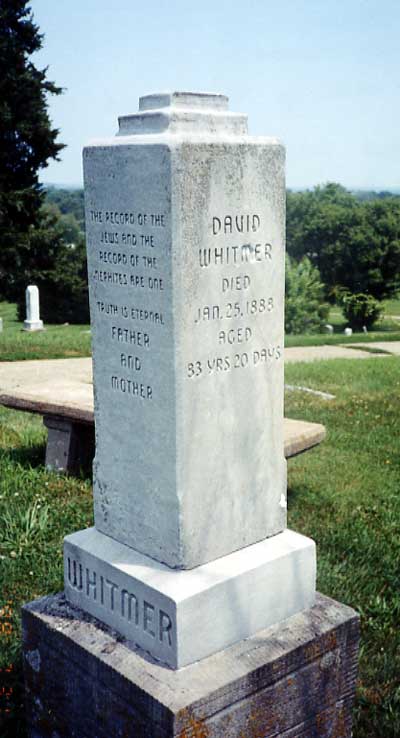
(Public domain photograph by Tom Denardo, from Wikimedia Commons)
For the rest of his life — he would live until 1888 — David and the Whitmer family declared their conviction that direct divine providence had spared that room and, more importantly, spared its contents.
My concern here is not so much with whether or not they were right about that conviction. What I note is the conviction itself, and what it says about David Whitmer’s continuing belief in the Book of Mormon while living in a town and a region demonstrably hostile to the claims of the Restoration, many years after his experience with the angel and the plates and almost as many years after his estrangement from Joseph Smith and his separation from the body of the Latter-day Saints.
Taken from Glenn Rawson, “Cyclone of ’78,” in Glenn Rawson and Dennis Lyman, eds., Signs, Wonders, and Miracles: Extraordinary Stories from Early Latter-day Saints (American Fork, UT: Covenant Communications, 2015), 61-62.
***
We shall see. However, for the moment and despite all of the uncertainty connected with the current coronavirus pandemic, the Interpreter Foundation is still planning to debut its feature film, Witnesses, in October of this year, 2020.



